Wild Things
The weird and wonderful in the natural world
Sign up for our newsletter
We summarize the week's scientific breakthroughs every Thursday.
-
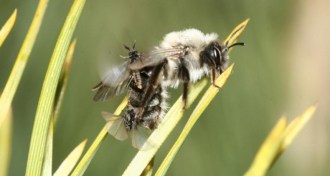 Animals
AnimalsThe bizarre mating ritual of a bee parasite
Stylops ovinae insects — parasites found in mining bees — have short lives filled with trauma.
-
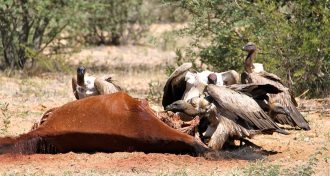 Animals
AnimalsVultures are vulnerable to extinction
Life history makes vultures more vulnerable to extinction than other birds, a new study finds, but humankind’s poisons are helping them to their end.
-
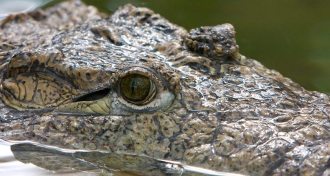 Animals
AnimalsCrocodile eyes are optimized for lurking
Crocodiles hang out at the water’s surface, waiting for a meal. A new study shows their eyes are optimized for spotting their prey from this position.
-
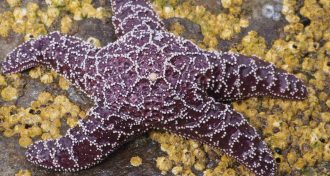 Animals
AnimalsCause of mass starfish die-offs is still a mystery
Sea stars off the U.S. west coast started dying off en masse in 2013. Scientists are still struggling to figure out the cause.
-
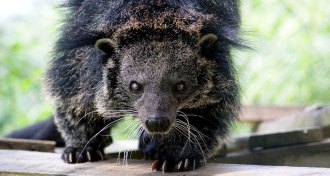 Animals
AnimalsChemical behind popcorn’s aroma gives a bearcat its signature scent
Bearcats smell like popcorn. Now scientists now why: The chemical responsible for popcorn’s alluring scent has been found in bearcat pee.
-
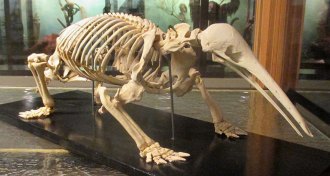 Animals
AnimalsHow animal poop could be key in solving echidna mystery
The western long-beaked echidna hasn’t been seen in Australia in 10,000 years. But DNA in scat could reveal its presence.
-
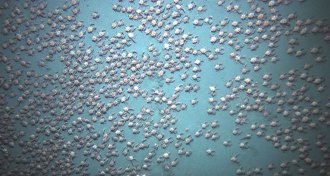 Animals
AnimalsScientists find a crab party deep in the ocean
A trip to check out the biodiversity off the coast of Panama revealed thousands of crabs swarming on the seafloor.
-
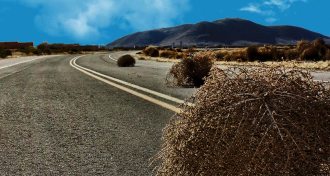 Plants
PlantsNew species of tumbleweed is just as bad as its parents
Two species of invasive tumbleweeds hybridized into a third. A new study finds it probably will be invasive, too.
-
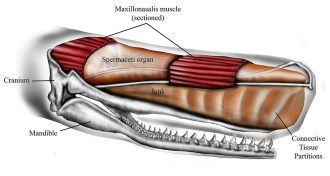 Animals
AnimalsA sperm whale’s head is built for ramming
Computer simulations of a sperm whale’s head show that an organ called the junk may help protect the brain when ramming other whales — or ships.
-
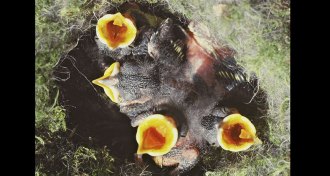 Animals
AnimalsMama birds pay attention to more than chicks’ begging
Whether a mama bird decides to feed her offspring depends on more than just who begs most — her environment is a big factor, a new study finds.
-
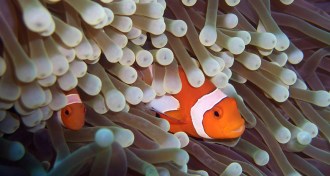 Animals
AnimalsIn the Coral Triangle, clownfish figured out how to share
In the Coral Triangle in Southeast Asia, an area of rich biodiversity, clownfish species often share anemones, a new study finds.
-
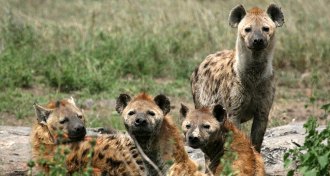 Animals
AnimalsWhy some male hyenas leave and others are content to stay home
Having access to enough females, and a mom to help, can keep a male hyena from leaving his clan.